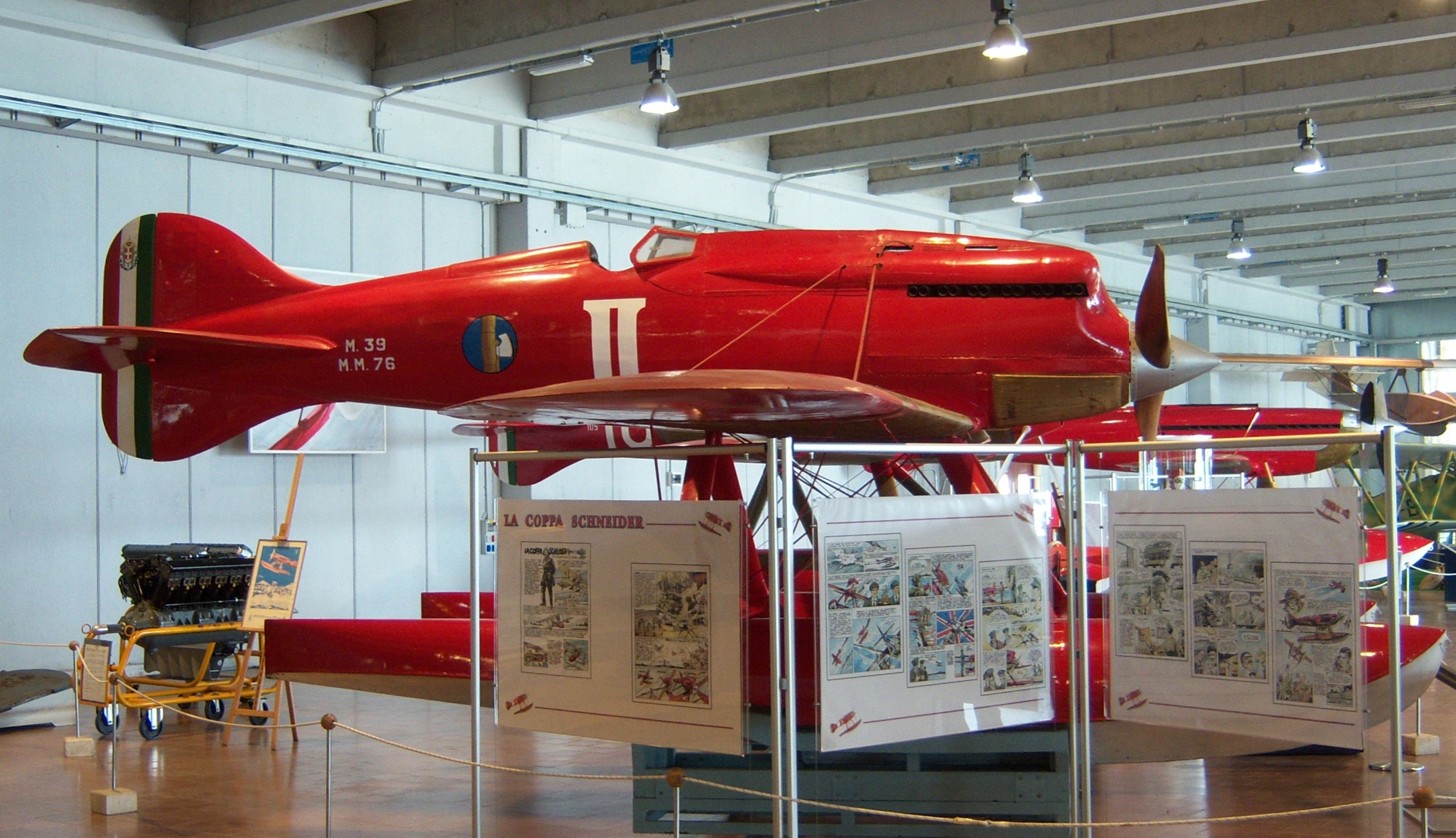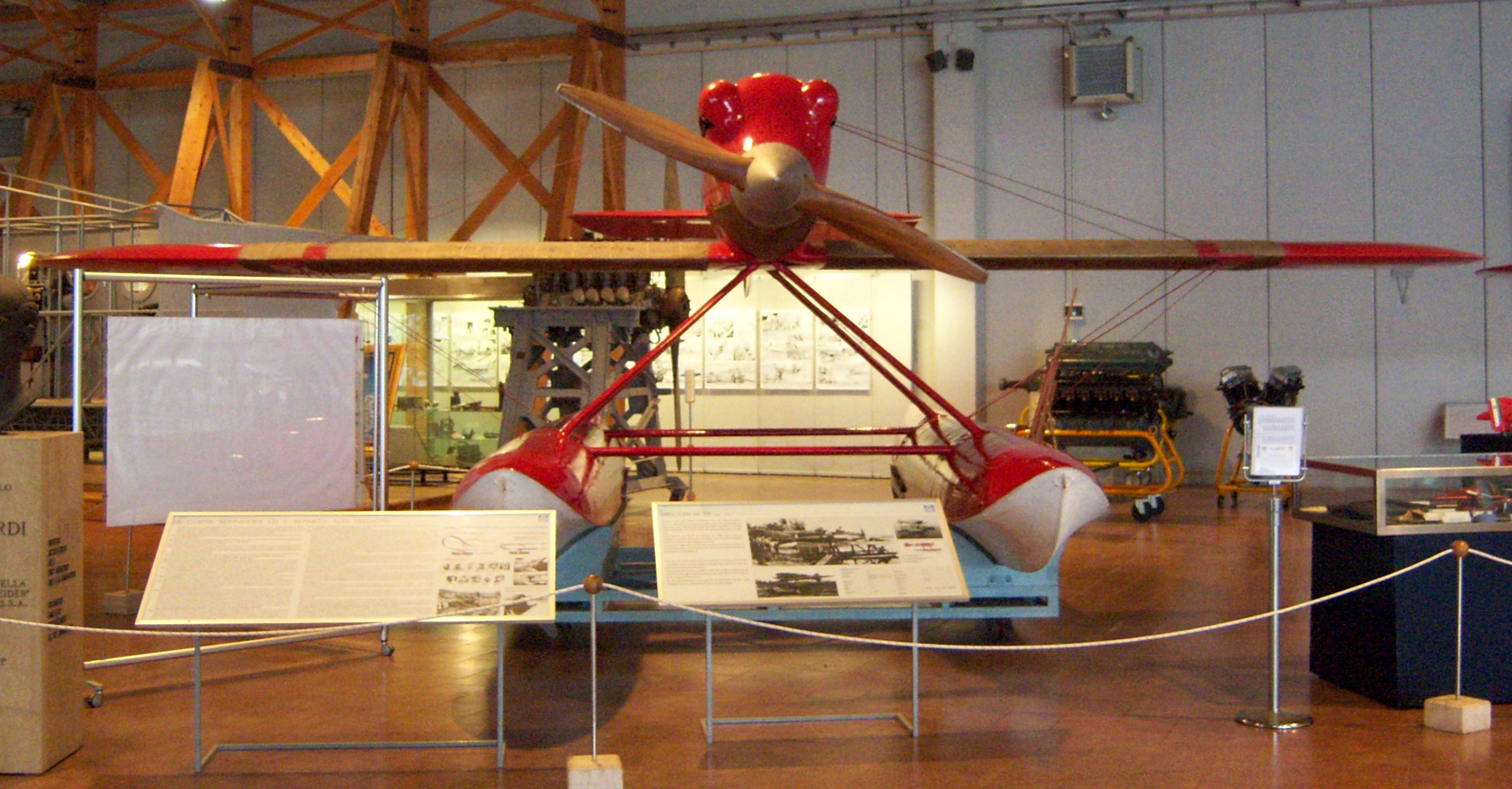Macchi M.39 on:
[Wikipedia]
[Google]
[Amazon]

 The Macchi M.39 was a racing
The Macchi M.39 was a racing

Newsreel footage of Macchi M.39 MM.76 and Major Mario de Bernardi after winning the 1926 Schneider Trophy race
{{Macchi aircraft Schneider Trophy Floatplanes 1920s Italian experimental aircraft Racing aircraft M.39 Low-wing aircraft Single-engined tractor aircraft Aircraft first flown in 1926

 The Macchi M.39 was a racing
The Macchi M.39 was a racing seaplane
A seaplane is a powered fixed-wing aircraft capable of taking off and landing (alighting) on water.Gunston, "The Cambridge Aerospace Dictionary", 2009. Seaplanes are usually divided into two categories based on their technological characteri ...
designed and built by the Italian aircraft company Aeronautica Macchi in 1925–26. An M.39 piloted by Major Mario de Bernardi
Mario de Bernardi (1893–1959) was an Italian World War I fighter pilot, seaplane air racer of the 1920s, and test pilot of early Italian experimental jets.
Early life
De Bernardi was born on 1 July 1893 in Venosa, Italy. In 1911, at the age ...
(1893–1959) won the 1926 Schneider Trophy
The Coupe d'Aviation Maritime Jacques Schneider, also known as the Schneider Trophy, Schneider Prize or (incorrectly) the Schneider Cup is a trophy that was awarded annually (and later, biennially) to the winner of a race for seaplanes and flyin ...
, and the type also set world speed records that year.
Design and development
The M.39 was designed byMario Castoldi
Mario Castoldi (February 26, 1888 - May 31, 1968) was an Italian aircraft engineer and designer.
Biography
Born in Zibido San Giacomo (province of Milan), Castoldi worked for the experimental center of Italian Military Aviation at Montecelio, no ...
to represent Italy in the 1926 Schneider Trophy competition, and was the first low-wing monoplane
A monoplane is a fixed-wing aircraft configuration with a single mainplane, in contrast to a biplane or other types of multiplanes, which have multiple planes.
A monoplane has inherently the highest efficiency and lowest drag of any wing con ...
that he designed for Macchi. It was a single-seat twin-float seaplane of mixed (metal and wooden) construction. The wooden wings were wire-braced, with two-thirds of the upper surfaces used as low drag surface radiators. The pilot sat in an open cockpit above the trailing edge of the wing; the cockpits windscreen was profiled into the fuselage
The fuselage (; from the French ''fuselé'' "spindle-shaped") is an aircraft's main body section. It holds crew, passengers, or cargo. In single-engine aircraft, it will usually contain an engine as well, although in some amphibious aircraf ...
decking to reduce aerodynamic drag. The floats carried fuel.Donald 1997, p. 594.
The M.39 had features specializing it for Schneider Trophy competition. The course circuit required left turns, so the left wing had a slightly greater span than the right wing to allow the aircraft to make tighter left-hand turns. To counteract propeller torque
In physics and mechanics, torque is the rotational equivalent of linear force. It is also referred to as the moment of force (also abbreviated to moment). It represents the capability of a force to produce change in the rotational motion of th ...
reaction, the floats had unequal buoyancy.
Macchi built two versions of the M.39, a trainer version and a racer. The trainer version had an increased wingspan of 10.23 metres (33ft 7in) -compared to the 9.26m (30ft 4.5in) of the racers- James 1981, p.114 and was powered by a 447-kilowatt (600-horsepower
Horsepower (hp) is a unit of measurement of power, or the rate at which work is done, usually in reference to the output of engines or motors. There are many different standards and types of horsepower. Two common definitions used today are t ...
) Fiat AS.2
''For the aircraft of the same name, see Fiat AS.2 (aircraft)''
The Fiat AS.2 was an Italian 12-cylinder, liquid-cooled V engine designed and built in the mid-1920s by Fiat Aviazione especially for the 1926 Schneider Trophy air race.
Design a ...
liquid-cooled V12 engine
A V12 engine is a twelve-cylinder piston engine where two banks of six cylinders are arranged in a V configuration around a common crankshaft. V12 engines are more common than V10 engines. However, they are less common than V8 engines.
The f ...
, while the racing version had a 597-kilowatt (800-horsepower) Fiat AS.2. Macchi built two trainers, three racers, and one non-flying static-test airframe. The first M.39, a trainer with serial number MM.72, was built in only a few months. It was soon followed by the second trainer (MM.73), the three racers (MM.74, MM.75, and MM.76), and the static-test airframe.
Operational history
The first M.39 to fly was the trainer MM.72, which made its first flight on 6 July 1926. On 16 September 1926, the Italian Schneider team captain stalled one of the trainers over Lake Varese, crashed into the lake, and was killed, but development of the M.39 continued. On 13 November 1926, the three M.39 racers took part in the 1926 Schneider Trophy contest at Hampton Roads,Virginia
Virginia, officially the Commonwealth of Virginia, is a state in the Mid-Atlantic and Southeastern regions of the United States, between the Atlantic Coast and the Appalachian Mountains. The geography and climate of the Commonwealth ar ...
, in the United States. MM.75 suffered a burst pipe and had to leave the race early, but MM.76, piloted by Major de Bernardi, took first place with an average speed of , setting a new world speed record for seaplanes. MM.74, flown by Adriano Bacula, came third.
Four days later, on 17 November 1926, de Bernardi used MM.76 to achieve a new world speed record of over a course at Hampton Roads.
Castoldi based the design of his next racing seaplane, the Macchi M.52
The Macchi M.52 was an Italian racing seaplane designed and built by Macchi for the 1927 Schneider Trophy race. The M.52 and a later variant, the M.52bis or M.52R, both set world speed records for seaplanes.
Design and development
M.52
Mario C ...
, on that of the M.39.
Surviving aircraft
MM76, the aircraft flown by de Bernadi to win the Schneider contest and gain the world speed record, is on display in the Museo Storico Aeronautica Militare in Bracciano.Operators
; * Regia AeronauticaSpecifications (M.39 racer)
See also
Notes
Bibliography
* Angelucci, Enzo. ''World Encyclopedia of Civil Aircraft''. London: Willow Books, 1984. . * Donald, David, ed. ''The Complete Encyclopedia of World Aircraft''. New York: Barnes & Noble Books, 1997. . * Eves, Edward ''The Schneider Trophy Story''. Shrewsbury, UK. Airlife Publishing Ltd., 2001. . *James, Derek Schneider Trophy Aircraft''. London: Putnam, 1981. ISBN 0370303288 * *External links
Newsreel footage of Macchi M.39 MM.76 and Major Mario de Bernardi after winning the 1926 Schneider Trophy race
{{Macchi aircraft Schneider Trophy Floatplanes 1920s Italian experimental aircraft Racing aircraft M.39 Low-wing aircraft Single-engined tractor aircraft Aircraft first flown in 1926